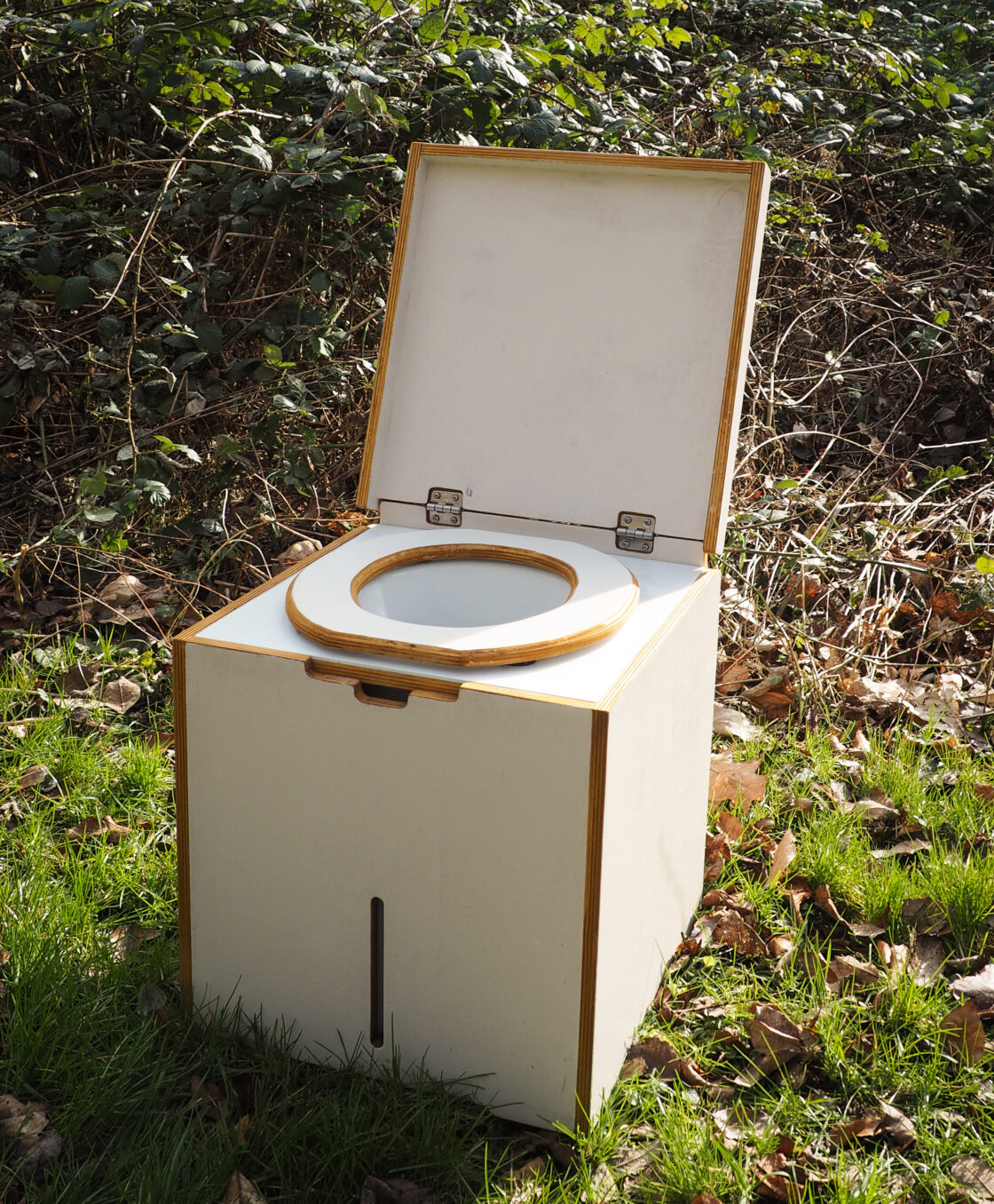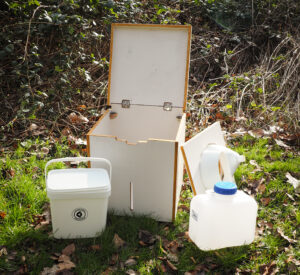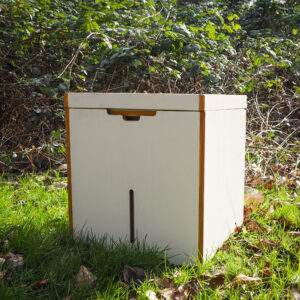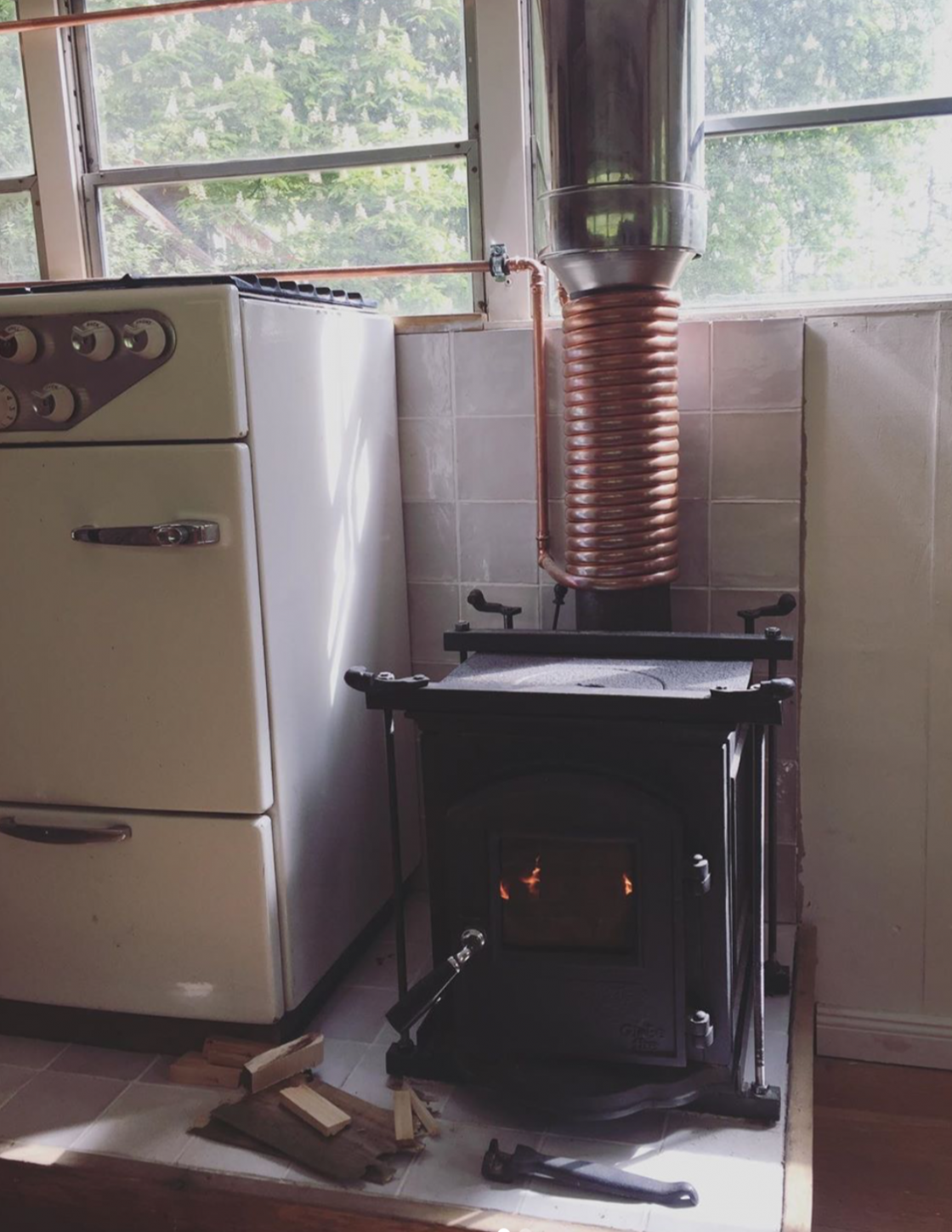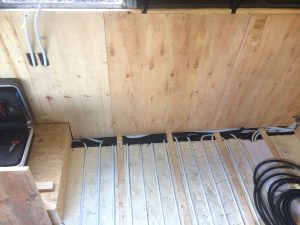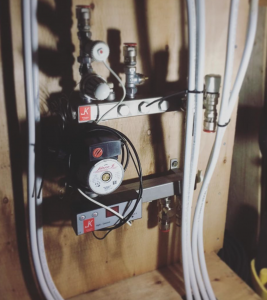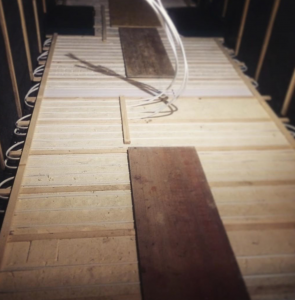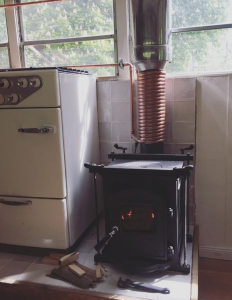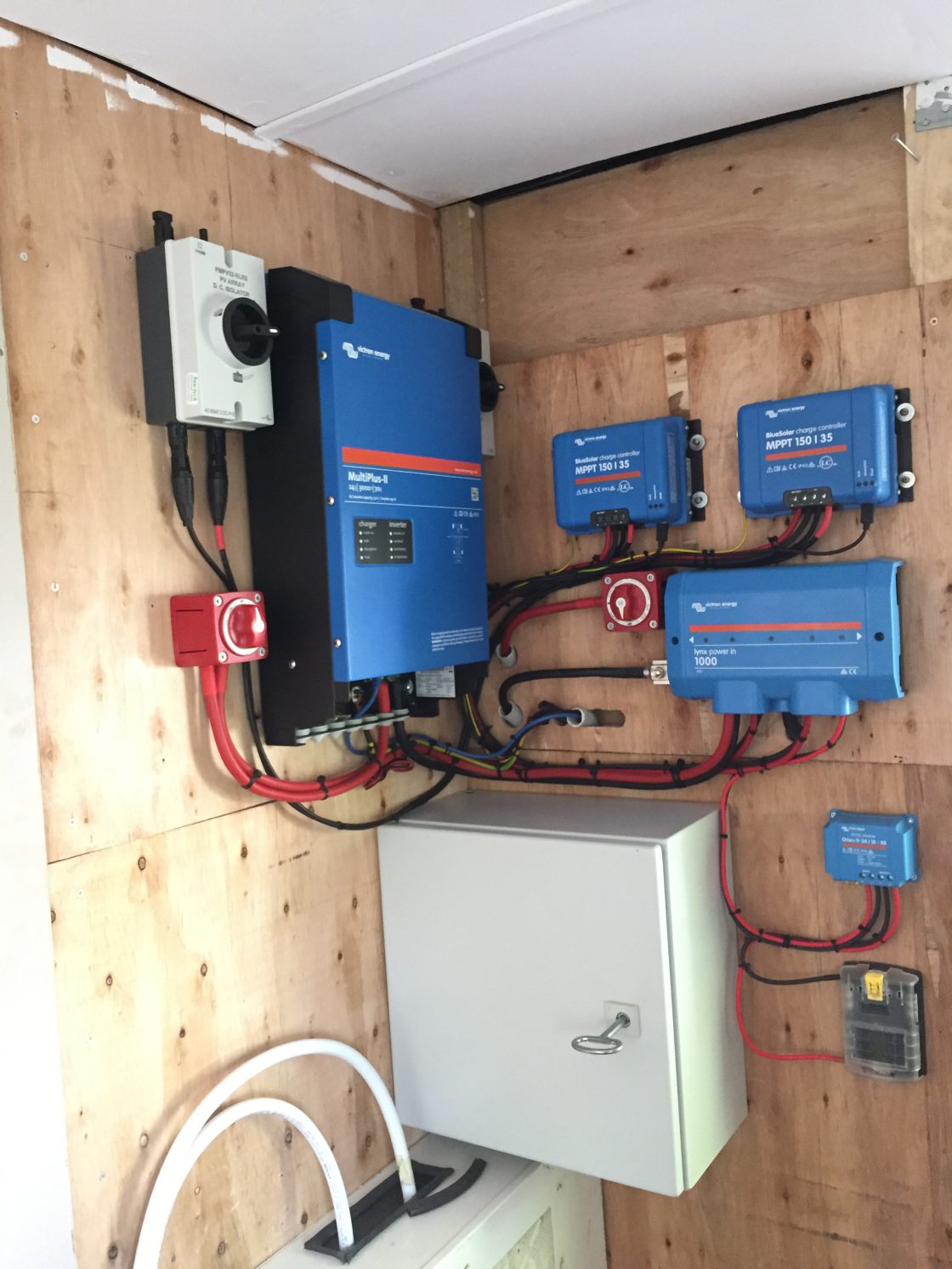A separation toilet is a very environmentally friendly way of doing one’s business, as neither chemicals nor water are needed. With a separation toilet, as the name suggests, liquid is separated from solid.
Through a special separator insert, the pee is directed through the front part into a canister. Everything solid falls into a container in the rear part, into which you scatter a handful of wood chips or earth after each bowel movement. This removes moisture from the solids, preventing foul odors. To play it safe odor-wise, we also put an air vent to direct odors outside.
We built our separation toilet with a separation insert, from the Kildwick company. It is designed like this, that it works equally well and clean for men and women. Due to the manufacture of high-quality, robust and at the same time recyclable polystyrene, the Kildwick urine separator has extremely smooth surfaces on which germs and bacteria do not find a breeding ground. Above all, this makes cleaning easier.

